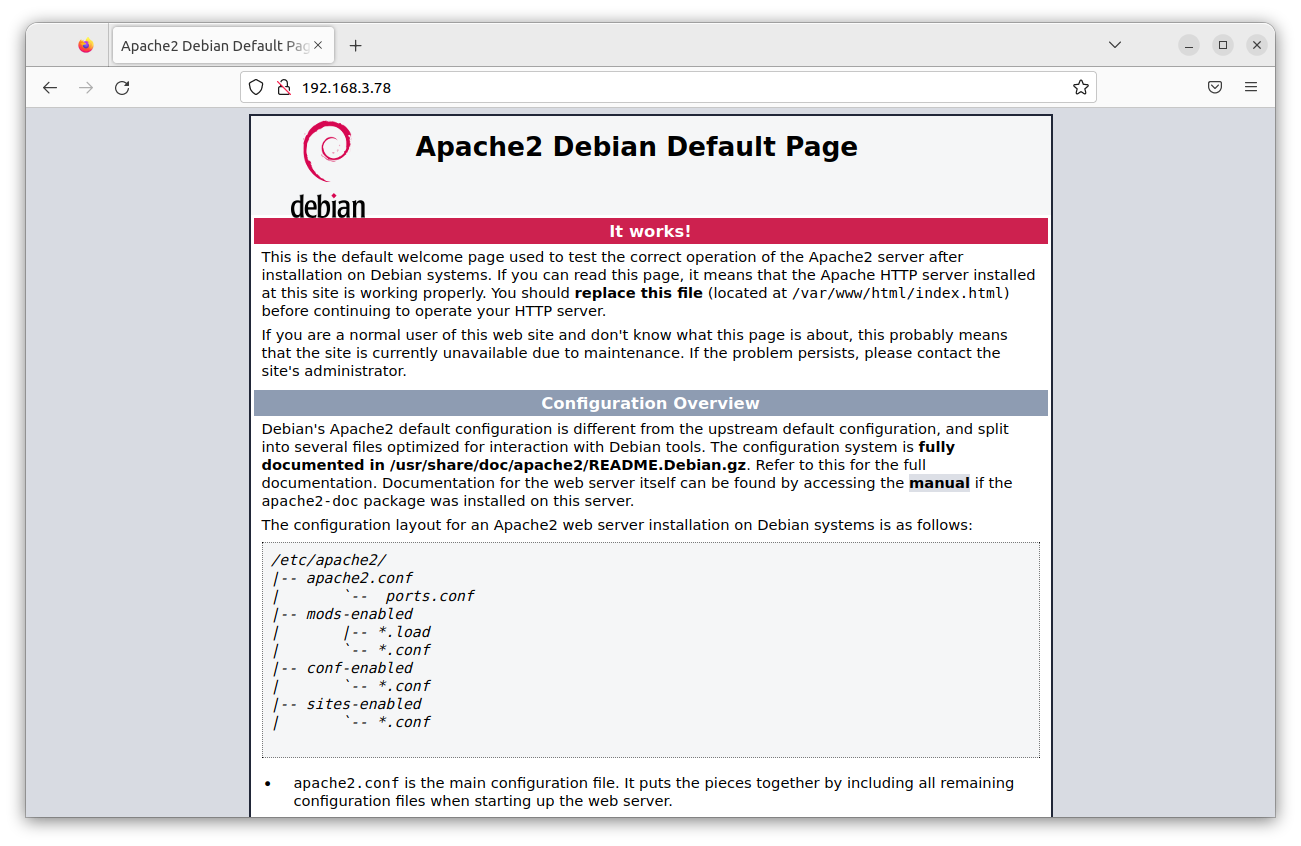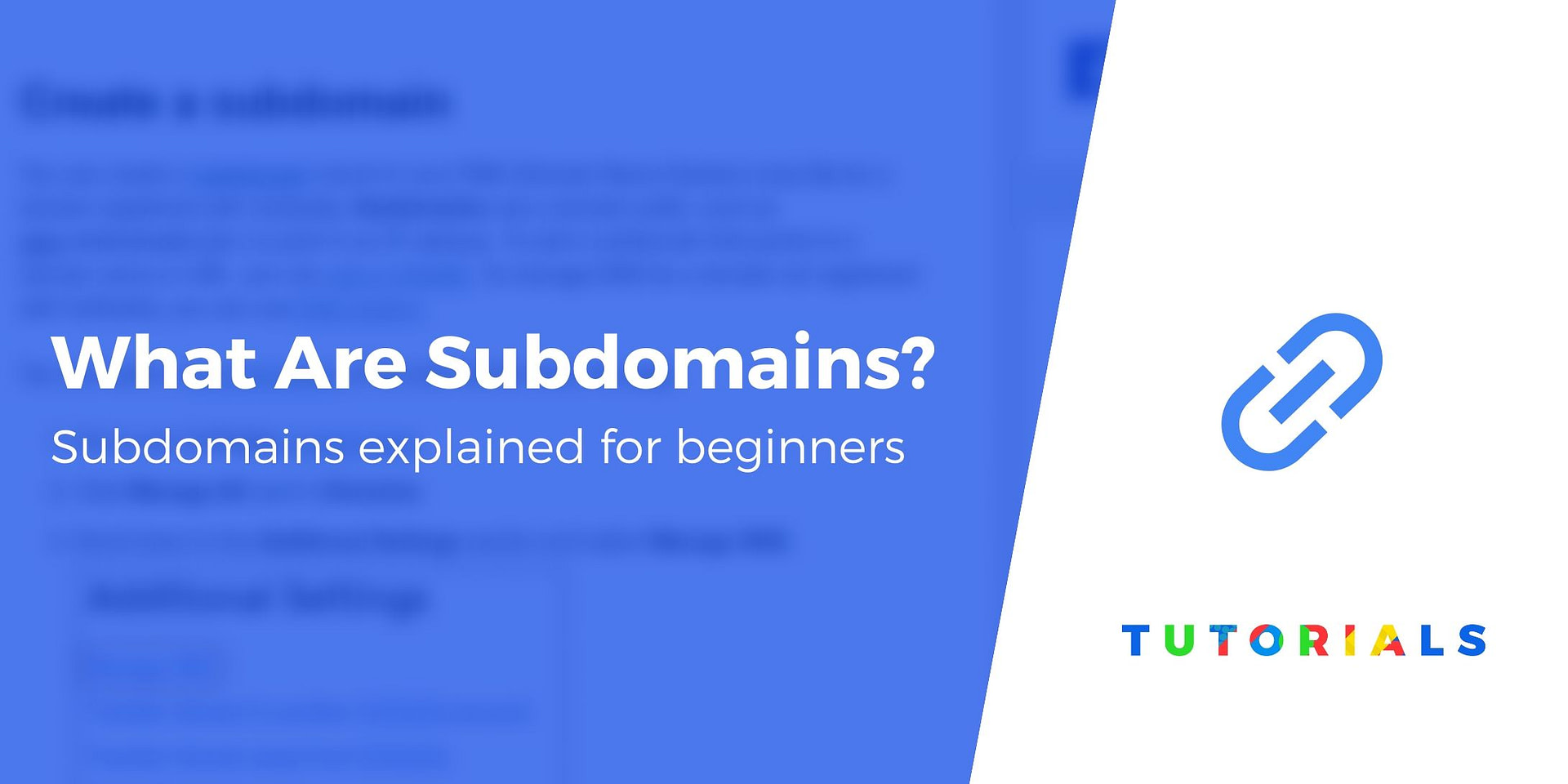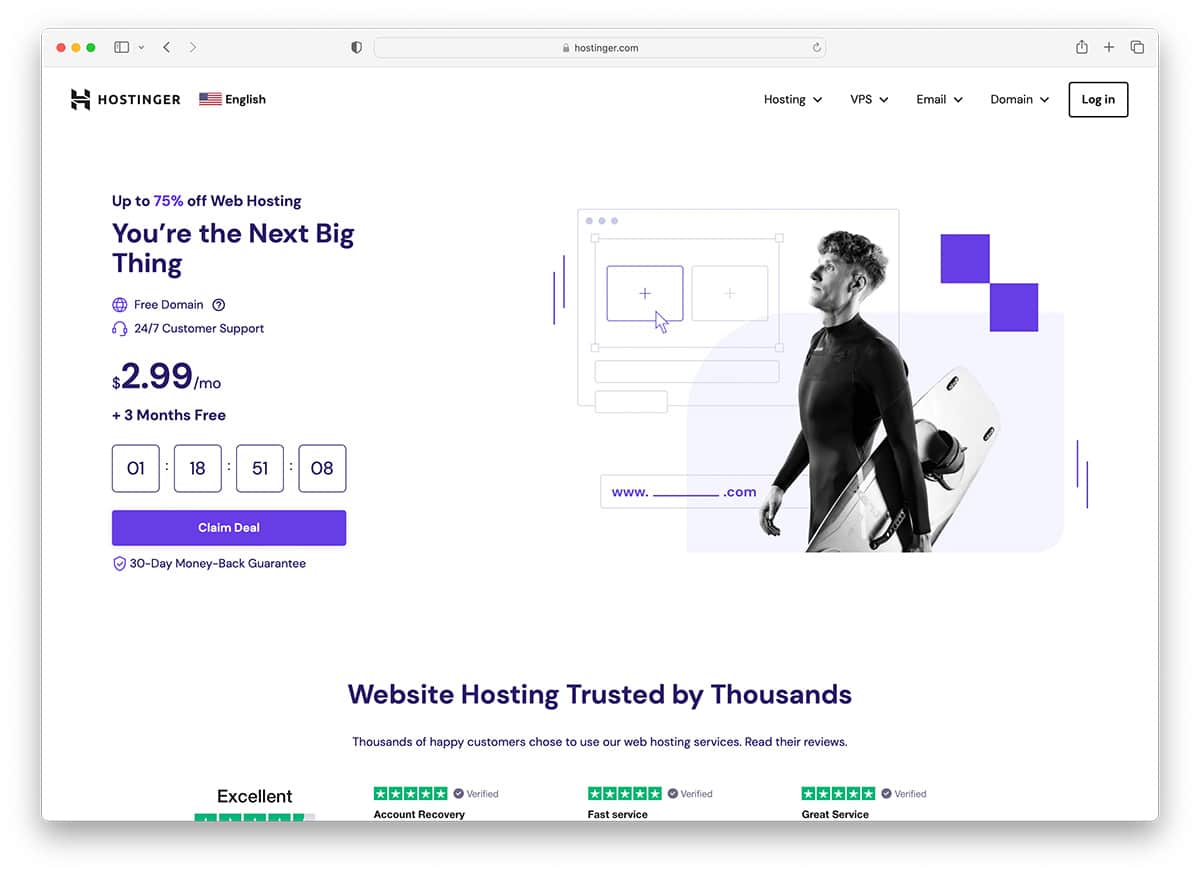
FTP is one of the most popular methods of transferring files over a network connection. It allows you to transfer folders, copy, delete, or edit text. You can also use the browser to move files. However, you should use a standalone client software program to do so. FTP clients allow you to ensure that your information is secure.
FileZilla allows you to send files over the internet using a free, open-source FTP client. It supports all major operating systems. It has an easy-to use interface that makes browsing large files and transferring them simple. The user interface is graphical and allows you drag and drop files and folders into the left pane and then to type the target local directory to the right. You can connect to multiple servers through tabs. This makes file transfer quick and easy.
FireFTP is an open source FTP client. FireFTP is an add-on to Mozilla Firefox that supports FTP and SFTP protocols. It allows you to connect to any network and edit files. Another great feature is the ability set a schedule to unattended file transfer. There are two versions available: a free and a premium.

Cyberduck offers another FTP client that is free for Mac users. It's cross platform and offers a sleek, clutter-free interface. You can upload or download files and view them before you save them. You can also use Amazon S3, Google Drive, and Microsoft Azure.
SmartFTP can be used as a secure FTP or SFTP client on Windows. It allows file encryption and synchronization between local or server folders. You can also receive email notifications regarding file transfers. It supports FTP as well as SFTP, SSL/TLS and a variety of other protocols. It includes an integrated text editor, an explorer interface, as well as scripting capabilities.
Free FTP for Windows is a basic FTP client with some useful features. The Ultimate edition offers more than a simple FTP client. This version includes a complete terminal emulator. The paid edition allows you set scheduled transfers, import/export of files, and sync to Google Drive Storage.
CoffeeCup is another free and easy-to-use FTP client for Windows. It supports multiple encryption types like FTPS over TLS and HTTPS. Additionally, it can create a ZIP file for your files automatically. It also has advanced backup capabilities. It can automatically synchronize selected files, pause/cancel transfers, and keep all your FTP servers settings in one location.

CloudMounter offers a free FTP client on Mac. It is simple to use and allows you to quickly transfer files. It integrates well with Finder, making it easy to manage files. You can also map it to various cloud platforms such as Amazon S3, Google Storage, Dropbox, and Microsoft Azure.
WinSCP can be used as a standalone FTP client. It is also easy to use, secure and simple. It features a simple interface, support for SFTP and SSH, a text editor and many other features.
FAQ
Is web development hard?
Web Development is not easy, but if you have a passion for coding, there are many online resources that can help you learn how to code.
All you have to do is find the right tools and then follow them step-by-step.
There are many tutorials available on YouTube and other platforms. You can also download free software online like Sublime Text or Notepad++.
Many books are also available in libraries or bookstores. The most widely-read books include:
"Head First HTML & CSS" by O'Reilly Media
O'Reilly Media's Head First PHP & MySQL 5th edition
Packt Publishing, "PHP Programming For Absolute Beginners",
I hope that this article has been helpful to you.
Can I make my website using HTML and CSS?
Yes, you can! You will need basic knowledge of web design and programming languages like HTML (Hyper Text Markup Language) and CSS (Cascading Style Sheets). These languages enable you to create websites that are accessible to anyone with an internet connection.
What is a static web site?
Static websites are those where all content is stored on a web server and can be accessed by users via their web browsers.
The term "static" refers to the fact that there are no dynamic features such as changing images, video, animation, etc.
This type of website was originally created for use in corporate intranets. It has since been adopted both by individuals and small companies who are looking for simple websites that do not require any programming.
Because static websites require less maintenance, they have grown in popularity. They are simpler to update and maintain than fully-featured websites that have many components (like blogs).
They also load more quickly than dynamic counterparts. This makes them ideal for users on mobile devices or those with slow Internet connections.
Additionally, static websites are safer than dynamic sites. A static website is impossible to hack. Hackers only have access to the data that resides inside a database.
Two main methods can be used to create a static site:
-
A Content Management System (CMS),
-
Create a static HTML web site
It depends on what your needs are. If you're new to creating websites, I recommend using a CMS.
Why? Because you have complete control over your website. You don't even need to hire someone for help setting up your CMS. You just need to upload files to your web server.
You can still learn to code and make a static website. You will need to spend some time learning to program.
What should I include in my Portfolio?
Your portfolio should consist of all these things:
-
Examples of your previous work.
-
Link to your website (if possible).
-
Link to your blog.
-
These links will take you to social media websites.
-
You can also find links to other designers' portfolios online.
-
Any awards you've been awarded.
-
References.
-
Examples of your work.
-
These links will help you communicate with clients.
-
Here are some links to show that you're eager to learn new technologies.
-
Here are some links to show you are flexible.
-
Your personality is displayed in the links
-
Videos showing your skills.
How much do web developers make?
You can expect to make between $60-$80 an hour working on your own website. But if you want to charge a lot more, you should consider becoming an independent contractor. The hourly rate could be anywhere from $150 to $200
What is responsive web design?
Responsive Web Design (RWD) is an approach to designing websites where content displays responsively on all devices - desktop computers, laptops, tablets, smartphones, etc. This allows users to view a website on one device simultaneously but still access other features such as navigation menus, buttons, etc. RWD's goal is to ensure that users view the exact same version of a website on every screen size.
For example, if you were building a website for a company whose products sell primarily through eCommerce, you would want to ensure that even if a customer viewed your website on a smartphone, they could easily purchase items from your store.
A responsive website will adapt its layout to suit the device it is being viewed on. So, viewing the site on your laptop will look like a standard desktop website. It will be different if the page is viewed from your phone.
This allows you to create one website that works on all devices.
What Types of Websites Should I Create?
Your goals will determine the answer to this question. You may choose to sell products online if you want to build a website. This can only be achieved by building a solid eCommerce website.
Blogs are another popular type of website. Each one of these websites requires different skills. For example, to set up a website, you need to understand blogging platforms such WordPress or Blogger.
You will need to decide how to customize your website's look when you select a platform. There are lots of free themes and templates available for each platform.
Once you've chosen a platform, you can build your website by adding content. Your pages can be filled with images, videos and text.
When you are ready to launch your new website, you can publish it online. Once published, visitors can view your site in their browsers.
Statistics
- Did you know videos can boost organic search traffic to your website by 157%? (wix.com)
- It enables you to sell your music directly on your website and keep 100% of the profits. (wix.com)
- In fact, according to Color Matters, a signature color can boost brand recognition by 80%. There's a lot of psychology behind people's perception of color, so it's important to understand how it's used with your industry. (websitebuilderexpert.com)
- The average website user will read about 20% of the text on any given page, so it's crucial to entice them with an appropriate vibe. (websitebuilderexpert.com)
- It's estimated that in 2022, over 2.14 billion people will purchase goods and services online. (wix.com)
External Links
How To
How can I start as a UI Designer
Two ways to be a UI designer are available:
-
You can also go to school and get a degree as UI Design.
-
You can also start your own business.
To go to school, you will need to enroll in college or university for four years. This includes psychology, computer science, marketing, art, and business.
You can also attend classes at state universities and community colleges. Some schools offer free programs, while others charge tuition fees.
After graduating, you'll need to find employment. You must establish a client base if you want to work for yourself. Networking with other professionals is important so that they know you are there.
You can also look for opportunities to intern at companies that specialize in developing web applications. Many companies employ interns to gain practical experience before hiring full time employees.
Once you have built up a portfolio of your work, it will help you land more jobs. Your portfolio should contain your work samples and details of the projects you worked on.
It is a smart idea to send potential employers your portfolio via email.
Market yourself as a freelancer. You can also advertise your services via job boards like Guru, Indeed, Guru, Upwork, and Freelance.
Freelancers receive assignments often from recruiters who post open positions online. These recruiters search for qualified candidates to fill positions within specific industries.
These recruiters often provide a briefing detailing the job requirements to the candidate.
While freelancers aren't required to sign contracts for a long time, they can still be paid. If you want to move ahead, it's best to negotiate an initial payment.
Many designers prefer working directly with clients, rather than through agencies. Although this might seem like a great idea, many people lack the necessary skills.
Agency workers typically have extensive knowledge of the industry they're working in. They have access the right training and resources to ensure they produce high-quality results.
In addition to these benefits, agency workers usually receive a higher hourly rate.
The downside to working with an agency is that you won't have direct contact with the employer.
You must be creative, self-motivated and flexible to succeed as a UI Designer.
It is also important to have great verbal and written communication skills.
UI designers design websites by designing user interfaces (UI), and visual elements.
They are also responsible to ensure the site meets user needs.
This involves understanding what information visitors need and how the site should function.
Wireframes can also be created by UI developers using a variety o tools. Before beginning to design, they use wireframing.
There are many wireframe templates available online. Anyone can create their own wireframes.
Some designers only focus on UI design. Others combine UI and graphic design.
Photoshop is used by graphic designers to edit images.
To create pages and layouts, they then use Adobe InDesign.
Photographers capture images using digital cameras or DSLRs.
The photos are then uploaded to a photo editing software where text captions, filters and other effects can be added.
After the shoot, the photographer saves and archives the image in a format compatible with website.
It is important to take into consideration all aspects of the design process when building a website.
This includes research planning, wireframing and prototyping, as well as testing, coding, content generation, and publishing.
Research – Before starting any new project, it is important to conduct extensive research.
Planning – After you've done your research you'll be ready to develop a plan.
Wireframing: A wireframe is a sketch of a website or application.
Prototyping – Prototypes are used to verify that the final product is consistent with the original vision.
Testing - The prototype should undergo multiple rounds of testing to ensure it works properly.
Coding: Coding is the process of writing code for computers.
Content Creation - Content creation covers everything from writing copy to managing social media accounts.
Publishing involves uploading files to a server, and making sure the site is accessible.
You will learn about various projects as a freelance UX/UI designer.
One example is that some companies only need wire frames, while others need complete prototypes.
Depending upon the type and scope of the project, you may be asked for specific tasks.
You might, for example, be asked to create multiple wireframes if you're being hired to do wireframe design.
You may need to develop a functional version of the site if you are hired to build a prototype.
Regardless of the type of project, it's important to have strong interpersonal skills.
Referrals are the most common way that clients hire freelancers. You must establish solid relationships with potential employers.
You must also be able communicate clearly both verbally as well as in writing.
A portfolio is an important tool in any freelancer's arsenal.
It is a showcase of your work and a demonstration of your ability produce high-quality outputs.
You can do it online with a professional portfolio.
You can find similar websites to yours online to help you get started.
You can then search these websites to find out which one offers its services.
Once you identify what you think are the best practices, go ahead and adopt them.
It's also beneficial to include links within your resume to your portfolio.